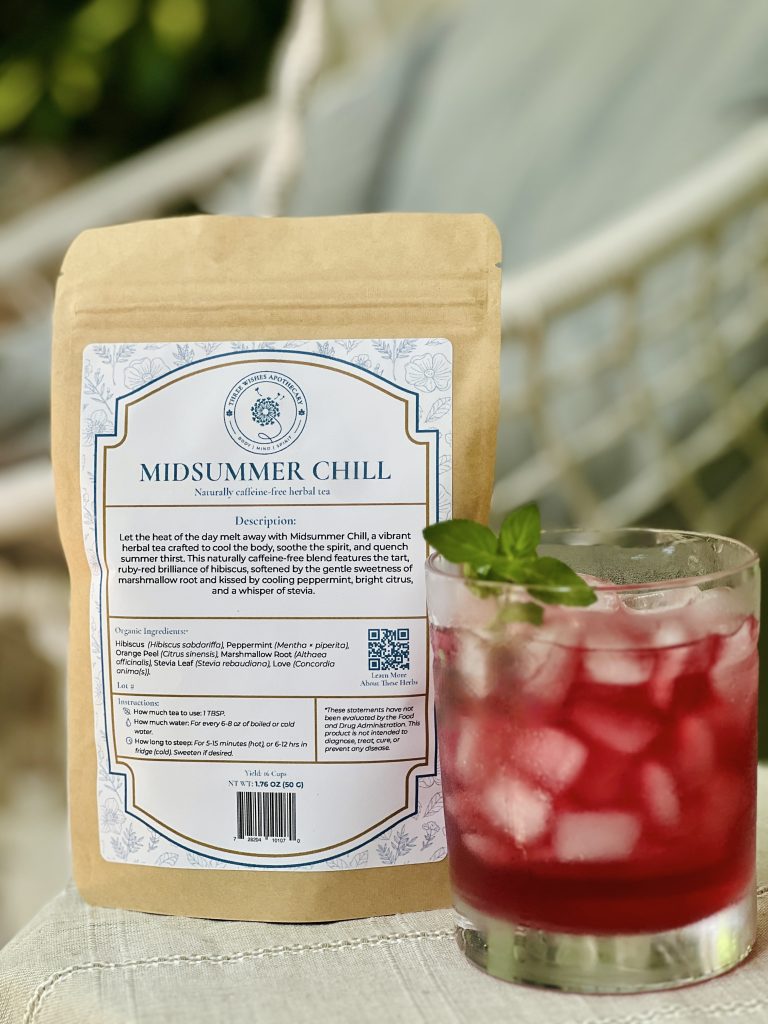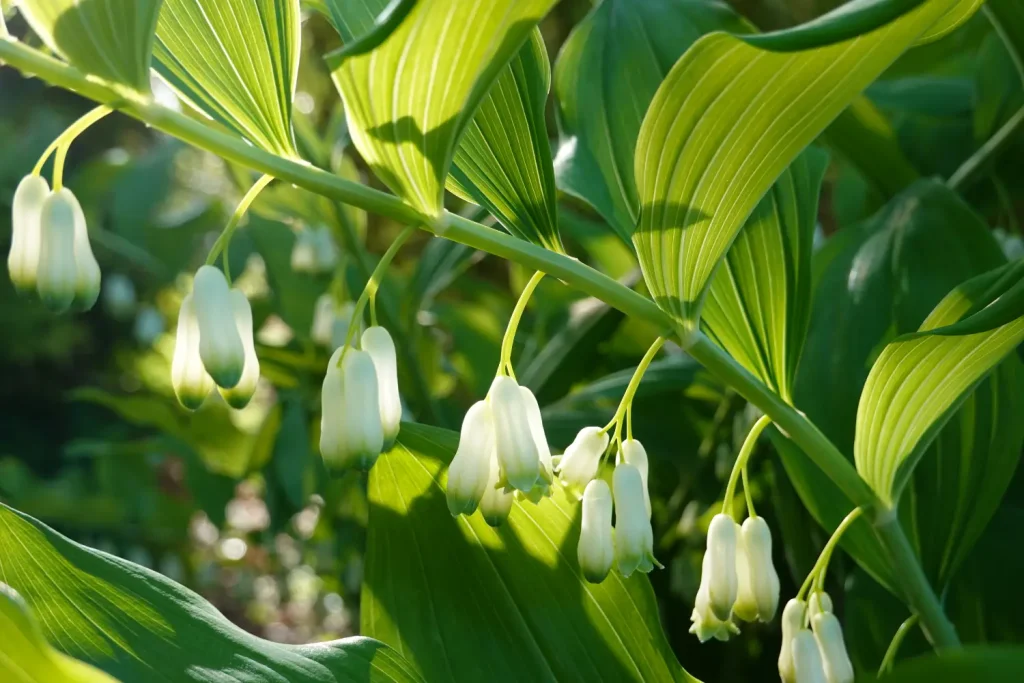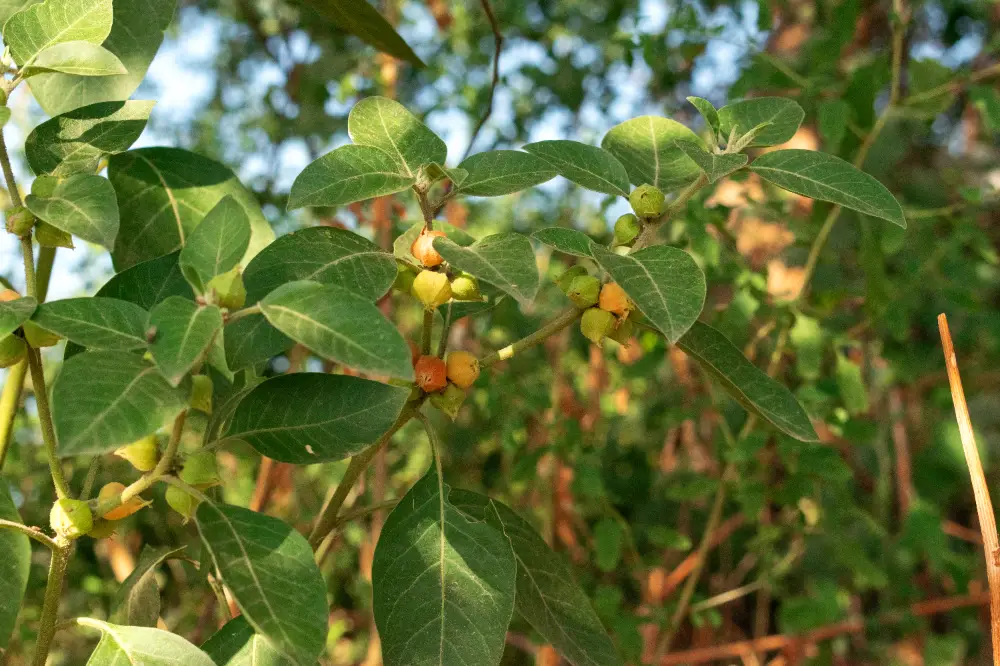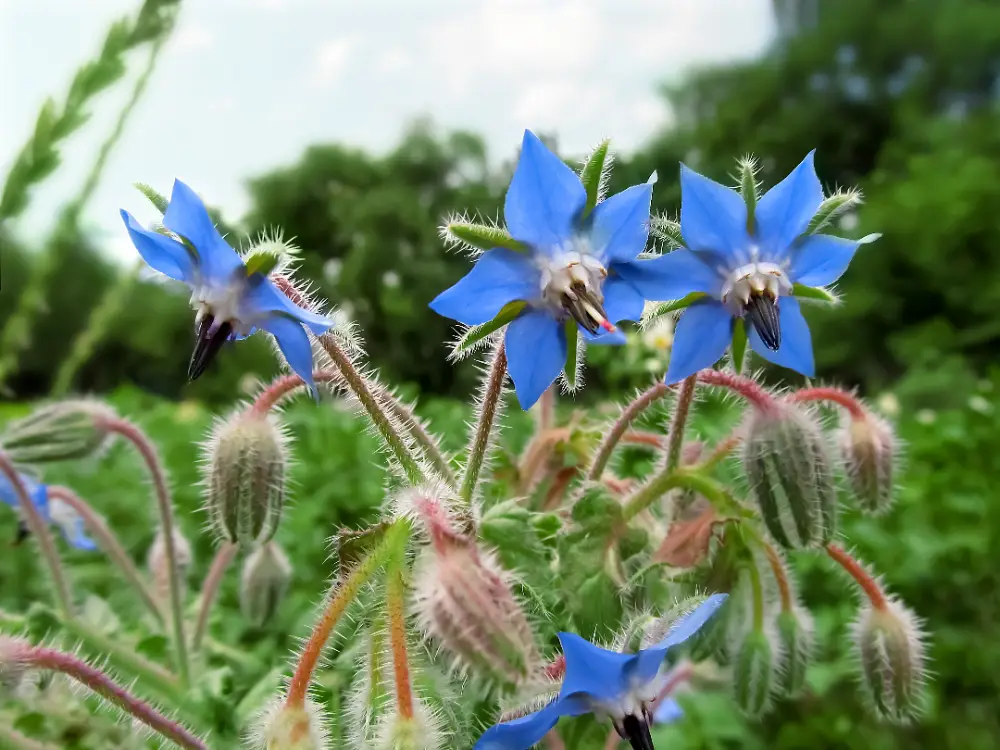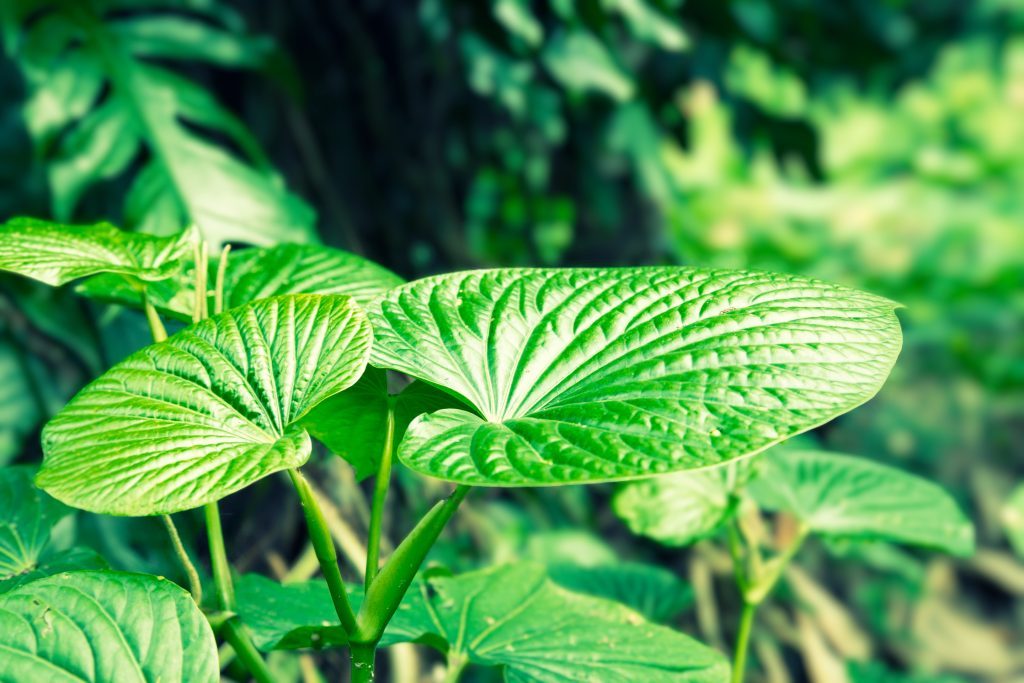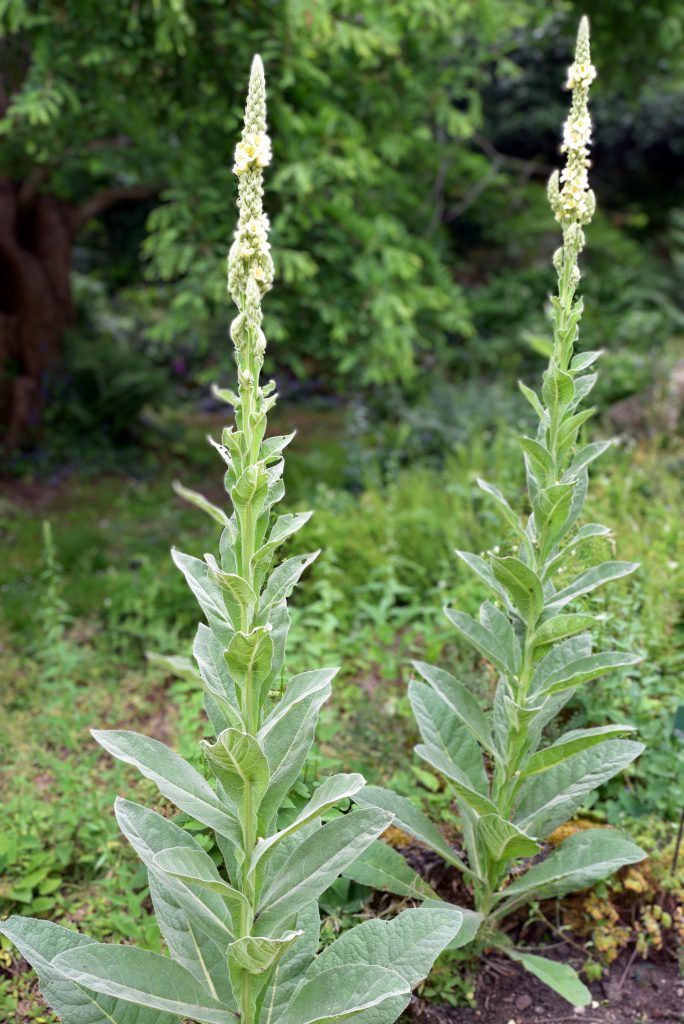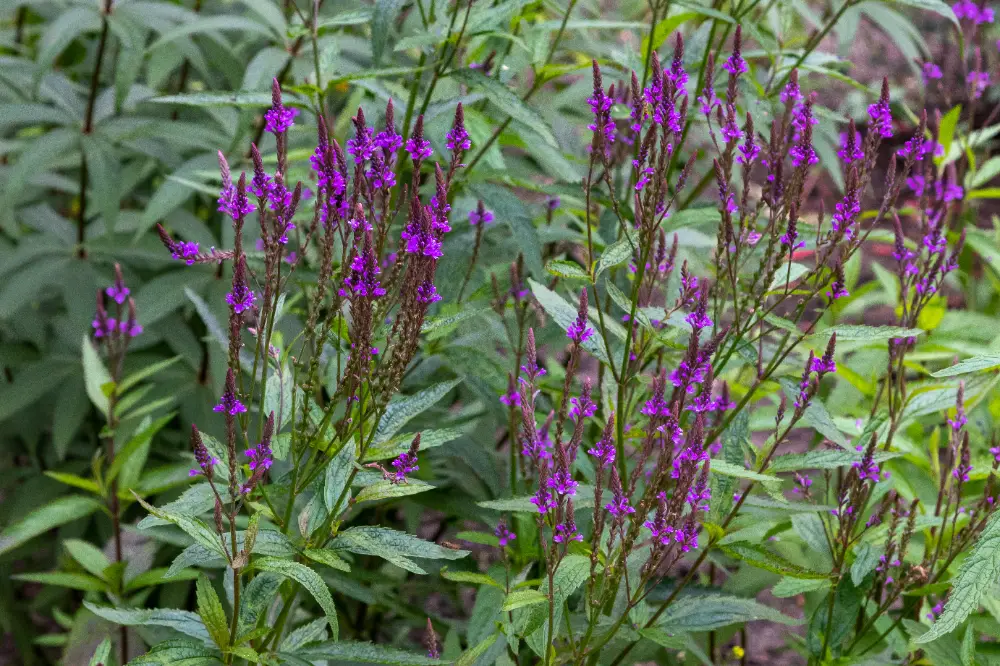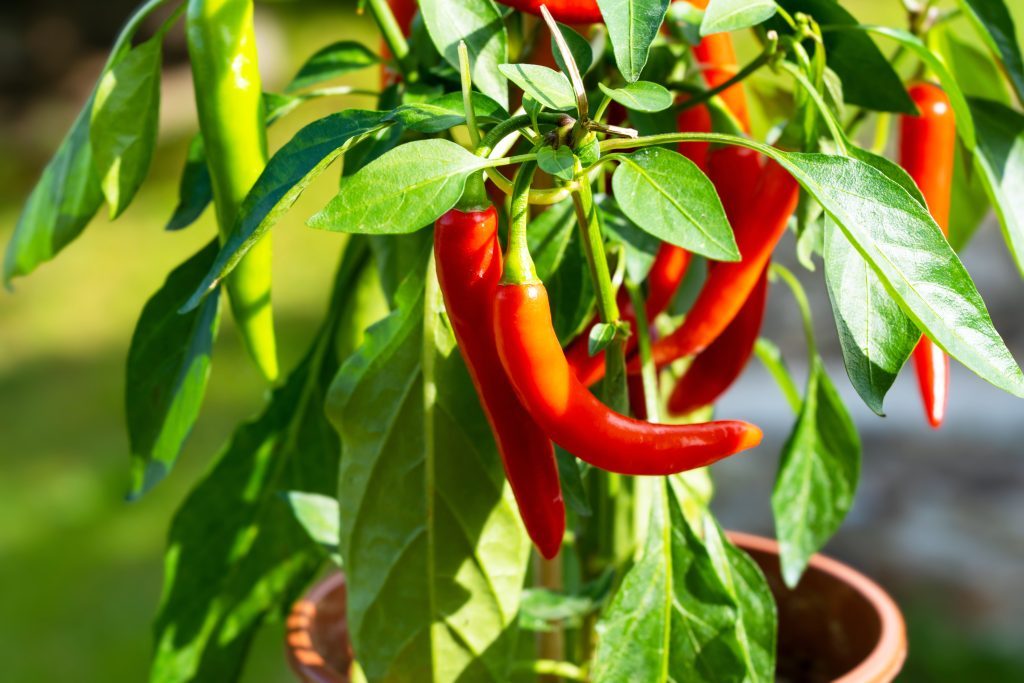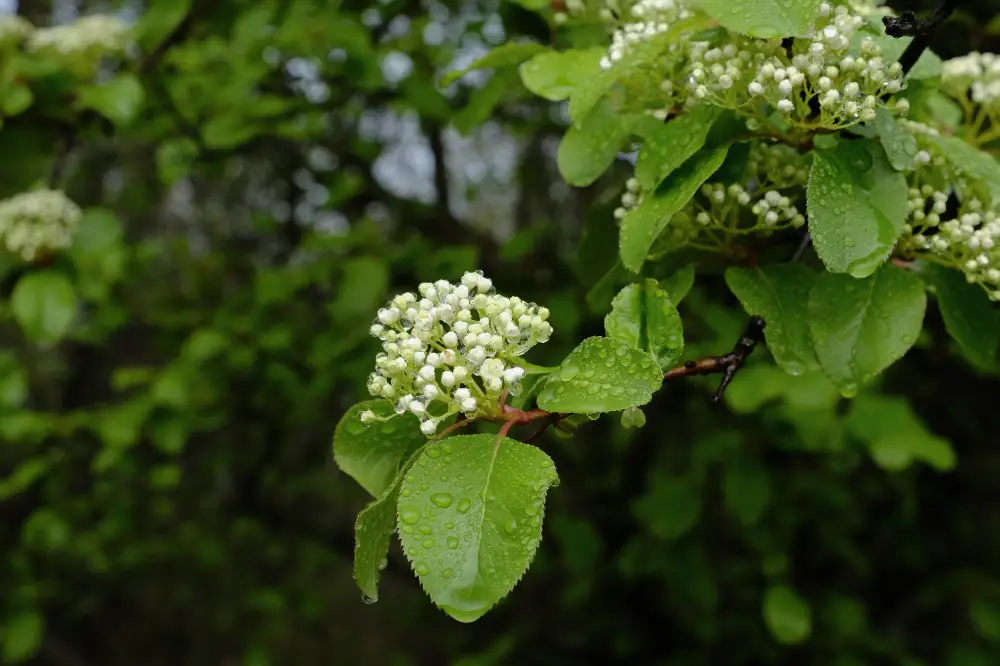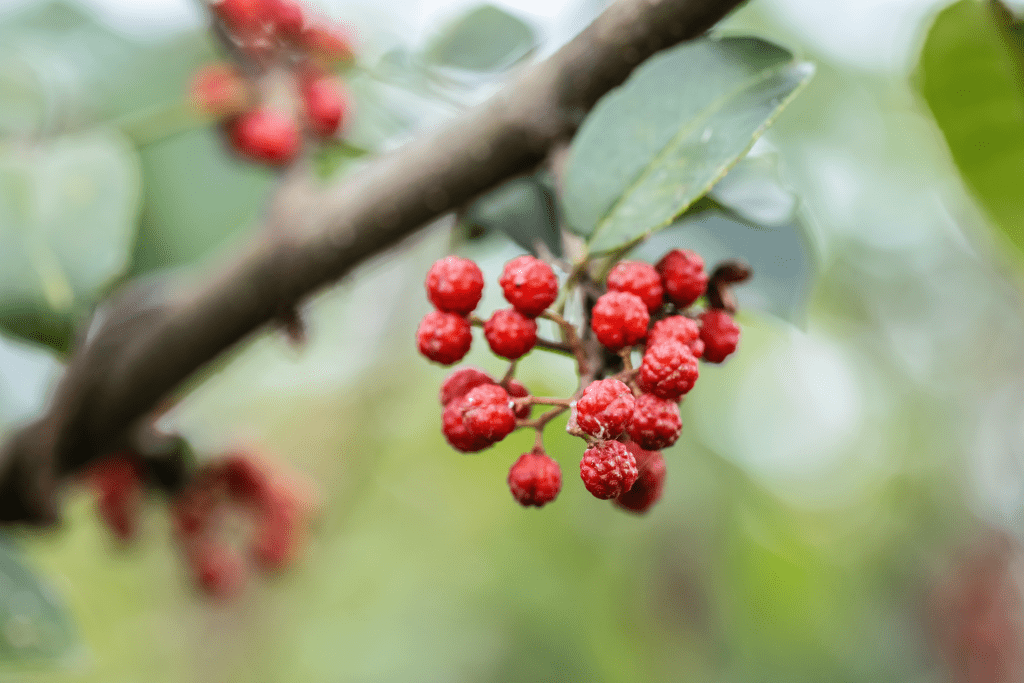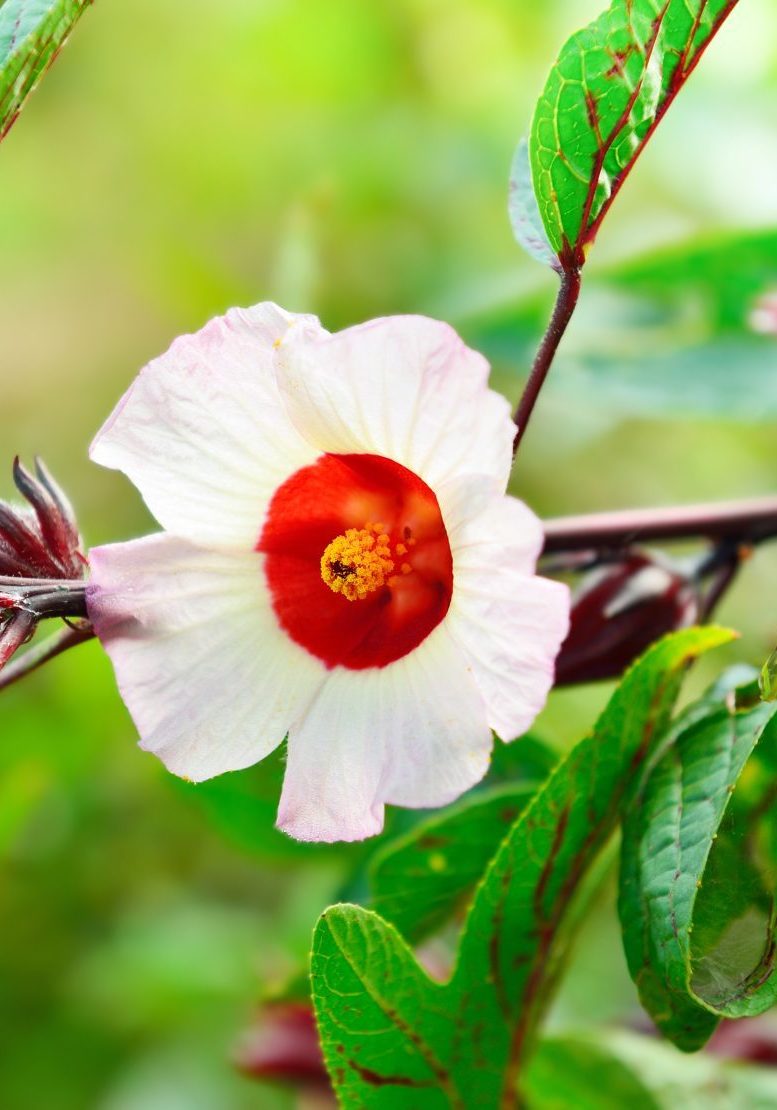
Hibiscus
Hibiscus sabdariffa
Malvaceae (Mallow Family)
Roselle has long been cherished for its ability to support heart health, lower blood pressure, and invigorate the senses.
Other names:
Roselle, Red Sorrel, Jamaican Sorrel, Sour Tea, Flor de Jamaica
Superpower
The remarkable ability to support cardiovascular health and regulate blood pressure.
Uses
Africa and the Middle East: Hibiscus sabdariffa has been used traditionally in Africa, Egypt, and the Middle East for centuries. The dried calyxes are brewed into a tea known as karkadeh or bissap. This tea is enjoyed both for its refreshing properties and its medicinal value, particularly for cooling the body and reducing fevers. It is also traditionally used to support liver health and as a digestive aid.
Caribbean and Latin America: In the Caribbean and Latin America, Roselle is known as Flor de Jamaica and is made into a tangy drink, often served cold. It is used in folk medicine to support heart health, reduce high blood pressure, and as a natural diuretic. The calyxes are sometimes used in jams and sauces for their tart flavor.
Ayurvedic and Traditional Chinese Medicine: In Ayurveda and Traditional Chinese Medicine (TCM), Hibiscus is valued for its cooling and hydrating properties. It is used to balance Pitta dosha in Ayurveda, which governs heat and inflammation, and to clear heat in TCM, where it’s used to cool the blood and calm the liver.
Current Uses:
- Cardiovascular Health: Today, Roselle is widely recognized for its ability to support heart health. Research suggests that it may help to lower blood pressure and reduce cholesterol, making it a valuable ally in the treatment of hypertension and high cholesterol. It is often used as part of a heart-healthy diet.
- Antioxidant and Anti-inflammatory: The calyxes are rich in antioxidants like anthocyanins and vitamin C, which help protect the body from oxidative stress and inflammation. These properties make Roselle beneficial for immune support and skin health.
- Weight Management: Hibiscus tea is also used in modern wellness circles for its mild diuretic effects, which help the body shed excess water weight. It may also assist in weight management by supporting digestion and metabolism.
- Digestive Health: The plant is still widely used as a digestive aid, particularly in cases of indigestion or constipation. Its slightly laxative properties help promote regularity, while its cooling nature soothes the digestive tract.
Cautions
Toxicity:
- Generally Safe: Hibiscus sabdariffa is generally considered safe for most people when consumed in moderate amounts. Some studies have shown that even in larger doses, no significant adverse effects on pregnancy or fetal development have been observed. However, further studies are needed to confirm these findings. Large doses may cause gastrointestinal discomfort in some individuals, including nausea or diarrhea.
Contraindications:
- Hibiscus flowers are often intercropped with peanuts. Occasionally fragments of peanut shells are present.
- Pregnancy and Breastfeeding: While no significant adverse effects on pregnancy have been definitively proven, it is generally recommended to avoid excessive consumption of Hibiscus during pregnancy due to its potential uterotonic effects. As a precaution, it’s also recommended to avoid Hibiscus during breastfeeding due to a lack of comprehensive safety data.
- Low Blood Pressure (Hypotension): Hibiscus is known to lower blood pressure, so individuals with low blood pressure should use it cautiously. However, Hibiscus is considered a gentle and safe way to help manage mild hypertension.
- Diabetes: Hibiscus may also lower blood sugar levels, so individuals taking medications for diabetes should be aware that it could potentiate their effects. Monitoring blood sugar levels is advised, though Hibiscus is typically not associated with severe hypoglycemia.
- Drug Interactions: Hibiscus can increase the clearance of certain drugs from the body. To avoid reduced efficacy of medications, it is recommended to take medications at least three hours apart from Hibiscus. This is particularly important for acetaminophen (paracetamol), as Hibiscus may reduce its effectiveness by speeding its clearance from the system.
Interactions:
- Blood Pressure Medications: Hibiscus may amplify the effects of antihypertensive medications, potentially leading to low blood pressure. While this interaction is generally mild, people using both should monitor their blood pressure regularly.
- Diabetes Medications: Given its potential hypoglycemic effect, Hibiscus can enhance the blood sugar-lowering effects of diabetic medications, although this is considered a gentle interaction. Monitoring blood sugar is still advised.
Known Chemical Constituents
Anthocyanins:
Roselle is rich in anthocyanins, which give the plant its vibrant red color and act as powerful antioxidants. These compounds help reduce inflammation and oxidative stress, supporting cardiovascular health.
Flavonoids:
Includes quercetin, kaempferol, and gossypetin. These antioxidant compounds are known for their role in supporting heart health, reducing inflammation, and promoting overall well-being.
Organic Acids:
Roselle contains citric acid, malic acid, and tartaric acid, contributing to its sour taste and digestive-stimulating properties. These acids also play a role in cleansing and detoxifying the body.
Polysaccharides:
Present in the plant, polysaccharides are known to support immune function and may have anti-inflammatory effects.
Vitamin C:
Hibiscus is high in ascorbic acid (vitamin C), which is essential for immune health, skin repair, and antioxidant protection.
Mucilage:
The mucilaginous quality of Hibiscus makes it soothing for the digestive system and may help alleviate constipation or inflammation in the gut.
Pectins:
Found in the calyxes, pectins act as soluble fiber that aids digestion and cholesterol management.
Botanical Description
Growth Habit:
Hibiscus sabdariffa is a shrubby annual or perennial plant that can grow between 1.5 to 2 meters in height. It has a bushy growth habit with branching stems and a robust structure.
Leaves:
The leaves are deeply lobed with three to five pointed lobes and are dark green in color. They are arranged alternately along the stems. The leaves are sometimes used as a vegetable in certain regions.
Flowers:
Hibiscus sabdariffa produces large, funnel-shaped flowers that are usually light yellow to pale pink with a dark red center. These blooms are similar to other species in the Hibiscus genus and are known for their short lifespan, often blooming in the morning and wilting by the evening.
Calyxes:
The bright red, fleshy calyxes (the sepals at the base of the flower) are the most sought-after part of the plant. They are harvested after the flowers wilt and are used in culinary and medicinal preparations. The calyxes are tart and tangy in flavor and are rich in vitamin C.
Fruits:
The calyx encloses a small fruit that contains numerous seeds. The seeds are high in oil content and are sometimes pressed for their oil or used in traditional medicine.
Habitat:
Hibiscus sabdariffa thrives in tropical and subtropical climates. It is native to West Africa but is now cultivated widely in India, Southeast Asia, Central America, and the Caribbean. It prefers well-drained soil and lots of sunlight for optimal growth.
Fun Facts
In West Africa, the calyxes of Hibiscus sabdariffa are used to make a popular drink called Bissap, which is often referred to as the “national drink of Senegal”. This refreshing beverage is enjoyed cold and is frequently flavored with mint, ginger, or vanilla.
Parts Used
Calyx
Harvest
Best Time to Harvest:
The optimal time to harvest Hibiscus sabdariffa is in the late summer to early autumn when the calyxes (the fleshy, red sepals) are fully developed but before they begin to dry on the plant. The flowers bloom and wither quickly, leaving behind the red calyxes, which are the main part used in herbal preparations. It typically takes 4 to 6 months after planting for the calyxes to be ready for harvest.
Calyxes:
The calyxes are the most important part of the plant for harvesting. They are harvested when they are bright red, firm, and plump. The calyxes are carefully removed by hand or using scissors, leaving the seed pod inside. After harvest, the calyxes are spread out to dry in a shaded, well-ventilated area until they become crisp. This preserves the plant’s medicinal qualities and prepares it for use in teas, syrups, or tinctures.
Leaves and Flowers:
While the leaves and flowers can also be harvested for medicinal purposes, they are less commonly used than the calyxes. The leaves can be harvested throughout the growing season and are often used in culinary applications or as a mild laxative in some traditional systems.
Sustainability:
Hibiscus sabdariffa is a fast-growing, annual plant, meaning there are few concerns about sustainability when harvested properly. Be mindful of the growing environment and avoid using plants grown in areas treated with pesticides or chemical fertilizers.
Preparations
Tea (Infusion):
The most popular preparation of Hibiscus is making a tea or infusion from the dried calyxes. This tea is typically enjoyed hot or cold for its refreshing and cooling properties. The tea is often sweetened with sugar or honey and can be mixed with other herbs like ginger or mint for added flavor and benefits.
Tincture:
Roselle calyxes can be made into a tincture using alcohol, which concentrates its medicinal properties. This form is used for supporting heart health, reducing high blood pressure, and immune boosting.
Syrup:
A syrup can be made by combining Hibiscus tea with sugar or honey. This syrup is used as a base for drinks or as a soothing remedy for coughs and sore throats.
Capsules:
Hibiscus is available in capsule form as a convenient way to take it for its cardiovascular and antioxidant benefits.
Culinary Uses:
The dried calyxes are also used in various culinary preparations, such as jams, jellies, sauces, and even desserts due to their tart flavor. The calyxes are also used in traditional drinks like Agua de Jamaica in Latin America and Bissap in West Africa.
Sacred Rituals
In many African and Caribbean cultures, Roselle is used in healing rituals to cleanse and cool the body during fevers and to aid in emotional balance. Its red calyxes are seen as symbols of vitality and passion.
Affirmations
“I open my heart to the cooling, healing energy of nature. I am grounded, balanced, and refreshed, allowing my inner vitality to flow with ease and joy.”
Spiritual Associations
Revered for its connection to feminine energy, passion, and love. Its vibrant red calyxes symbolize life force, vitality, and joy, making it a plant associated with both physical and emotional renewal.
Functions
A substance or agent that reduces inflammation in the body, soothing irritation, swelling, or redness in tissues.
Antioxidant
A substance or agent that neutralizes free radicals, preventing oxidative damage to cells and tissues.
Cardiovascular HealthThe overall function and condition of the heart and blood vessels, ensuring efficient circulation, nutrient delivery, and oxygenation throughout the body.
Cholesterol managementThe regulation of blood cholesterol levels, particularly maintaining a balance between LDL (low-density lipoprotein) and HDL (high-density lipoprotein) cholesterol, to support cardiovascular health.
DemulcentA substance or agent that soothes and protects irritated or inflamed tissues by forming a protective film over mucous membranes.
Digestive aidA digestive aid that promotes regularity refers to a substance or agent that supports healthy digestion and encourages consistent, balanced bowel movements.
Diuretic mildA substance or agent that gently increases urine production, helping to promote fluid balance and support kidney function without causing significant electrolyte loss.
High cholesterol treatmentSubstances, practices, or interventions aimed at lowering LDL (low-density lipoprotein, or “bad” cholesterol) levels, increasing HDL (high-density lipoprotein, or “good” cholesterol), and supporting overall cardiovascular health.
HypotensiveA substance or agent that helps lower blood pressure, supporting cardiovascular health and reducing the risk of hypertension-related complications.
Kidney FunctionKidney function refers to the ability of the kidneys to filter waste, regulate fluid balance, maintain electrolyte levels, and support overall homeostasis in the body.

